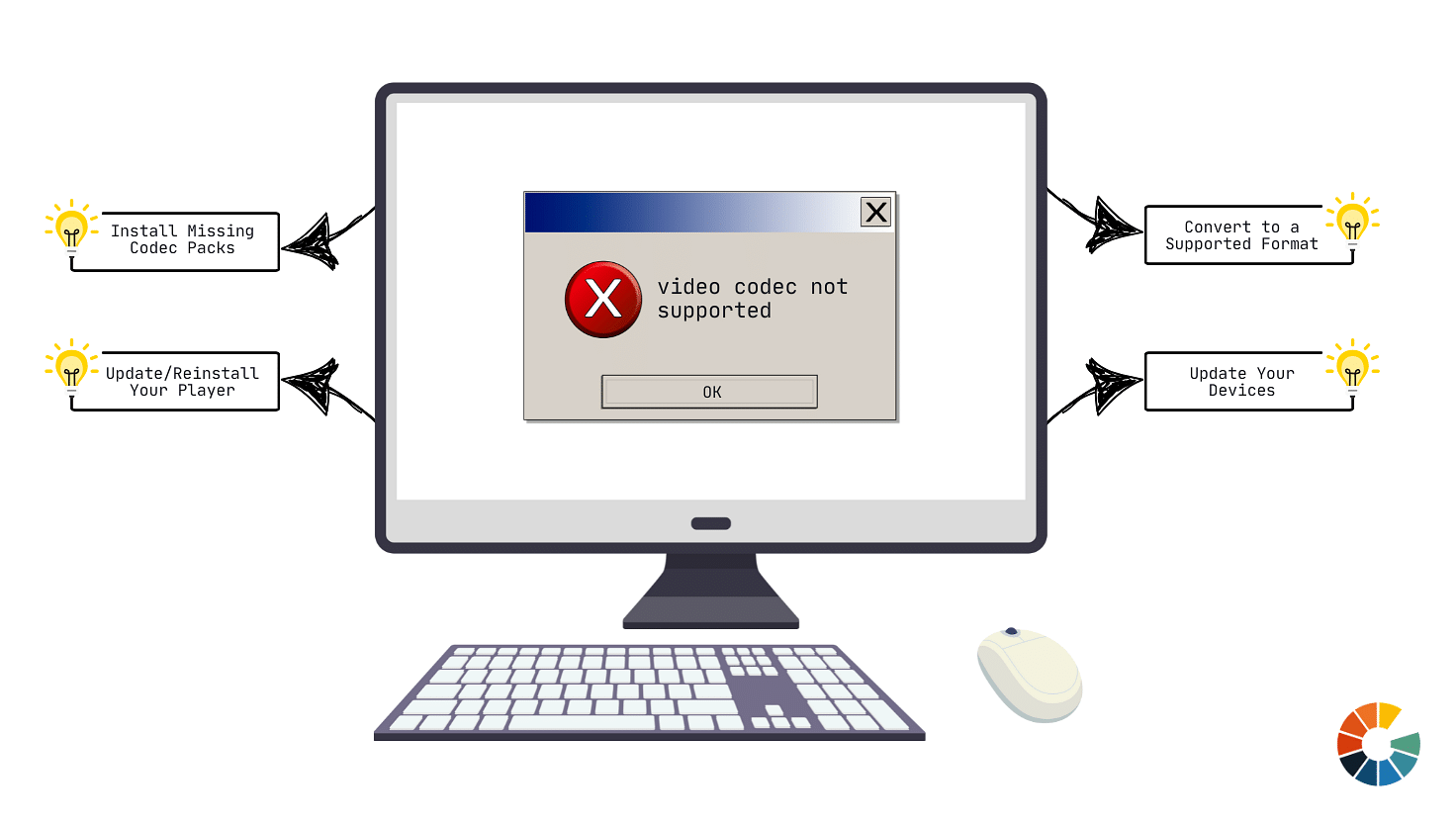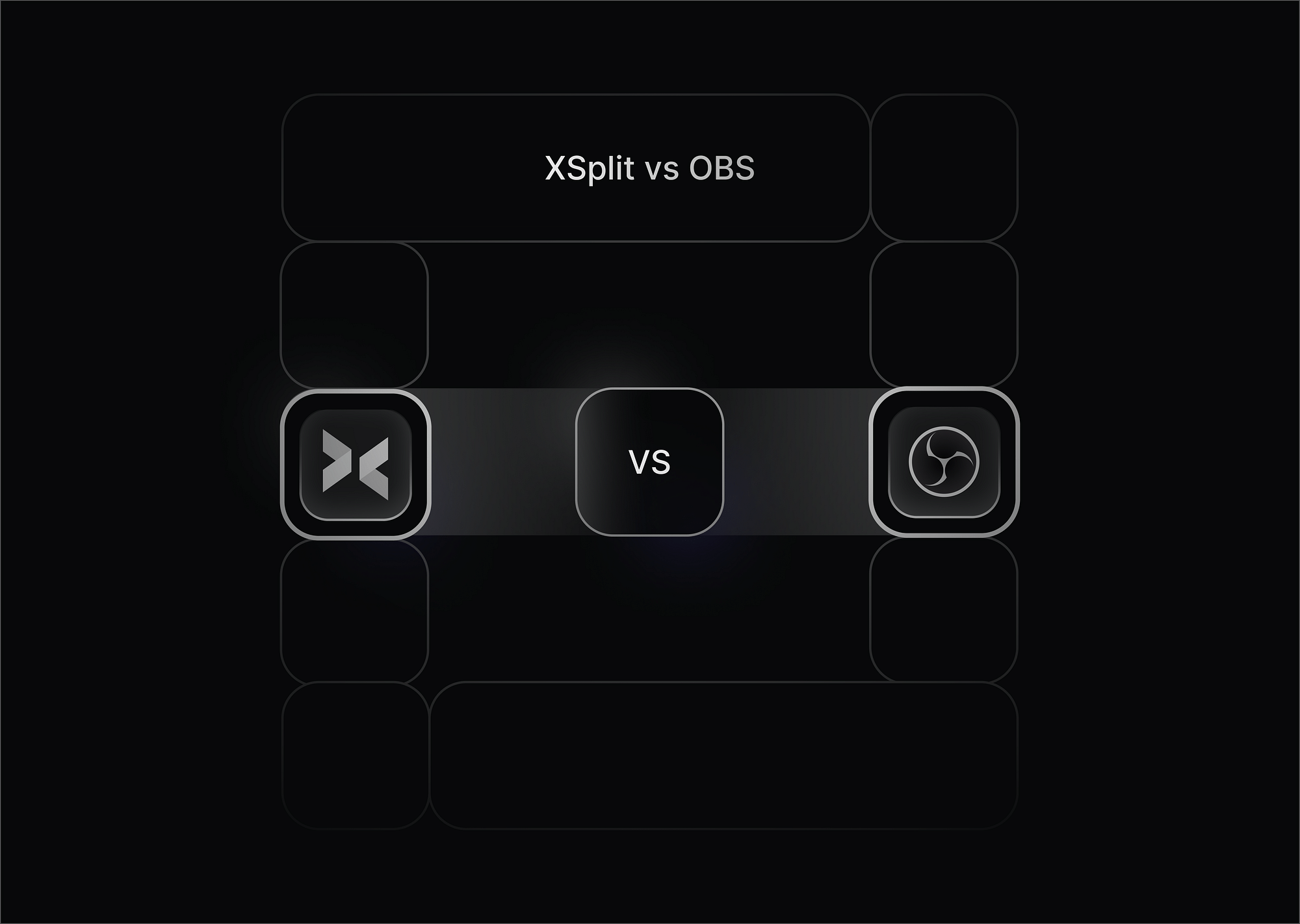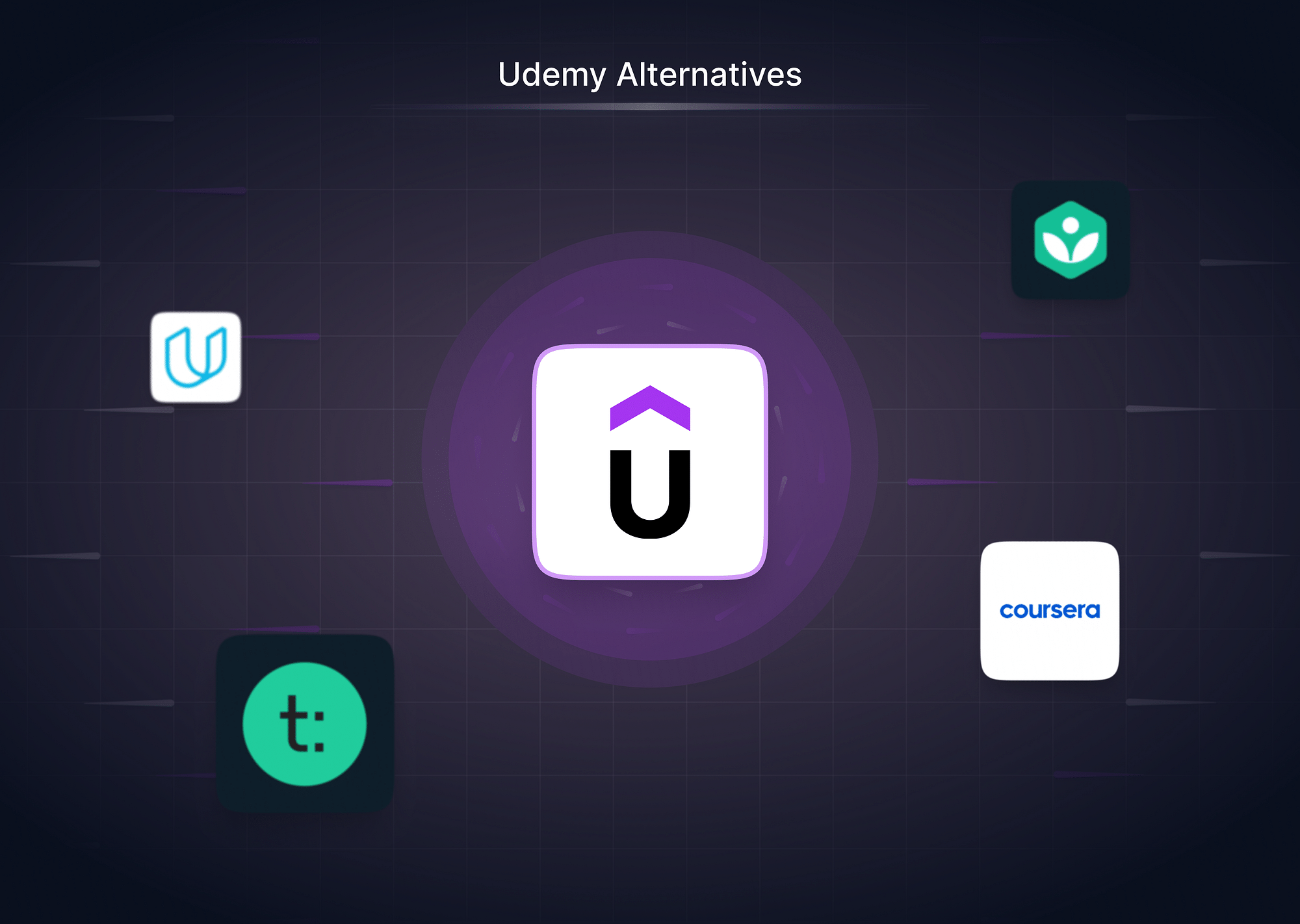Nothing is more frustrating than trying to play a video only to see the dreaded error message: "Video codec not supported." Whether you're on a smartphone, TV, or computer, codec errors prevent smooth video playback. But don’t worry—this guide will help you understand why these errors occur and how to fix them easily.
Common Reasons for Unsupported Video Codec Errors
Before jumping into solutions, let's understand why you might see a "video codec not supported" message.
Unsupported Encoding Settings
Video files are encoded with specific settings that dictate how the data is stored and played back. If a video is encoded using uncommon, proprietary, or outdated settings, some media players may struggle to decode and play it properly. This can happen if the video uses high-efficiency codecs (HEVC/H.265) or an unusual bit rate that is not widely supported by standard players.
Audio Codec Not Supported
Sometimes, even if the video plays, the audio might be missing or distorted due to an incompatible audio codec. This occurs when a media player lacks the required decoder for a particular Dolby Digital (AC3), DTS, or AAC format. While the video may play fine, the lack of an audio decoder results in silence or an error message.
Video Format Not Supported
Every device and media player supports specific video formats. If you receive a "format not supported" error, it likely means the file format, such as MKV, AVI, or FLV, is not natively supported by your media player. This is common with default video players on Android, Samsung devices, and Smart TVs that may only recognize standard formats like MP4 or MOV.
Device Limitations
Older devices, including smartphones, televisions, and computers, may lack the necessary processing power or firmware to handle modern video codecs like H.265 (HEVC) or VP9. Even if your device supports a format, the playback may be laggy or result in a black screen due to hardware limitations.
Outdated Media Players
Media players rely on regular updates to include support for new video and audio formats. If you're using an outdated media player, it may not recognize the latest codecs used in newly released videos. Updating your VLC, Windows Media Player, or QuickTime can resolve such playback issues.
Missing Codec Packs
Certain media players, such as Windows Media Player, do not come with built-in support for all video codecs. Missing codec packs mean the player is unable to decode specific formats. Installing K-Lite Codec Pack or switching to a more versatile player like VLC Media Player can help resolve this issue.
How to Fix "Video Codec Not Supported" Errors?
Now that we know why these errors occur, let’s look at effective solutions.

Install Missing Codec Packs
Many times, missing codecs cause playback issues. Installing the right codec pack can resolve the problem.
- Recommended Codec Packs: The K-Lite Codec Pack is a popular choice for Windows users. It includes nearly all video and audio codecs you’ll need.
- Where to Download: Visit the K-Lite Codec Pack official website or a trusted software repository like Codec Guide or Ninite.
- How to Install on Windows:
- Download the codec pack from the official website.
- Run the installer and follow the setup instructions.
- Restart your media player to apply the changes.
- How to Install on Mac:
- macOS users can use VLC Media Player, which comes with built-in codec support, eliminating the need for external codec packs.
- Simply download VLC from the official website and install it.
Update or Reinstall Your Media Player
Updating your media player ensures it supports the latest codecs.
- Windows Media Player:
- Open Windows Media Player, go to Help > Check for Updates, and install any available updates.
- VLC Media Player:
- Click Help > Check for Updates in the menu bar.
- If an update is available, follow the prompts to install it.
- Mac QuickTime:
- Open the App Store, navigate to Updates, and install the latest version.
If your media player is still not functioning correctly, try uninstalling and reinstalling it to reset any corrupted settings.
Fixing Codec Errors on Specific Devices
Different devices have different codec requirements. Here’s how to fix the error on common devices:
- Video Codec Not Supported on Android:
- Use a media player like VLC for Android or MX Player, which support a wide range of codecs.
- If the issue persists, convert the video format to MP4 (H.264) for better compatibility.
- Video Codec Not Supported on Samsung:
- For Samsung smart TVs and smartphones, try using a different media player or converting the video format.
- Update your Samsung device's firmware to improve compatibility.
- "You Need a New Codec to Play This Item":
- Windows users may see this message in Windows Media Player.
- Installing the K-Lite Codec Pack usually resolves this issue.
Use a Different Media Player
Some media players have better codec support than others.
- Recommended Media Players: VLC, MX Player, PotPlayer, and GOM Player support a wide range of video formats.
- Setting a Default Media Player:
- Android: Go to Settings > Apps > Default Apps, then select a new default video player.
- Samsung Smart TV: Open the video file and select “Play with” to choose a different media player.
- Windows: Right-click a video file, select “Open with”, and choose your preferred media player.
Convert the Video to a Supported Format
If you’re still facing issues, converting the video file is a reliable solution.
- Free Tools for Conversion:
- HandBrake: A free and open-source video transcoder.
- VLC Media Player: Includes a built-in video converter.
- Best Settings for Compatibility:
- Convert videos to MP4 (H.264/AAC) for maximum compatibility across devices.
- Steps to Convert Using VLC:
- Open VLC and go to Media > Convert/Save.
- Add the video file and click Convert/Save.
- Choose MP4 (H.264 + AAC) as the output format.
- Click Start to begin conversion.
Preventing Codec Errors in the Future
To avoid codec issues down the road, follow these best practices:
- Choose the Right Format When Downloading or Recording Videos: Always opt for widely supported formats like MP4 (H.264/AAC) rather than lesser-known codecs that may cause playback issues.
- Use Universal Media Players: Stick to media players like VLC, MX Player, or PotPlayer, which come with built-in support for a wide range of codecs, eliminating compatibility problems.
- Keep Software and Devices Updated: Ensure your media player, operating system, and firmware are regularly updated to support new codec standards and improve playback compatibility.
- Verify Codec Support Before Recording: If you’re recording or editing videos, configure your settings to use standard encoding options that work across multiple devices.
Conclusion
Fixing "video codec not supported" errors is easier than you might think. Whether it's installing missing codecs, updating your media player, switching to a more capable player, or converting the video, you have multiple solutions at your disposal. By following the steps in this guide, you can eliminate frustrating playback issues and ensure seamless video viewing across all devices. Keeping your software updated and choosing compatible file formats will help prevent future codec errors, making your media experience hassle-free.
FAQs
How to change video codec in Android?
You can use a media converter app like HandBrake or VLC for Android to re-encode the video in a supported format. Open the app, select your video file, choose MP4 (H.264) as the output format, and start the conversion.
How do I convert video to a supported format codec?
Use VLC Media Player or HandBrake to convert videos to MP4 (H.264/AAC) for better compatibility. Simply load your video file, select the appropriate format, and start the conversion process.
How to fix AAC codec not supported?
If the audio codec is not supported, try using VLC or MX Player with software audio decoding enabled. Alternatively, convert the file using HandBrake or VLC to an AAC-compatible format.
Can VLC convert video codecs?
Yes, VLC can convert video codecs. Go to Media > Convert/Save, add your video, select the desired format (e.g., MP4 H.264/AAC), and convert it to make it compatible with your media player.




